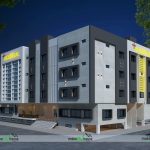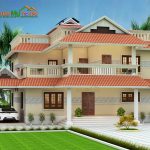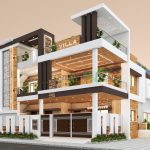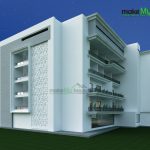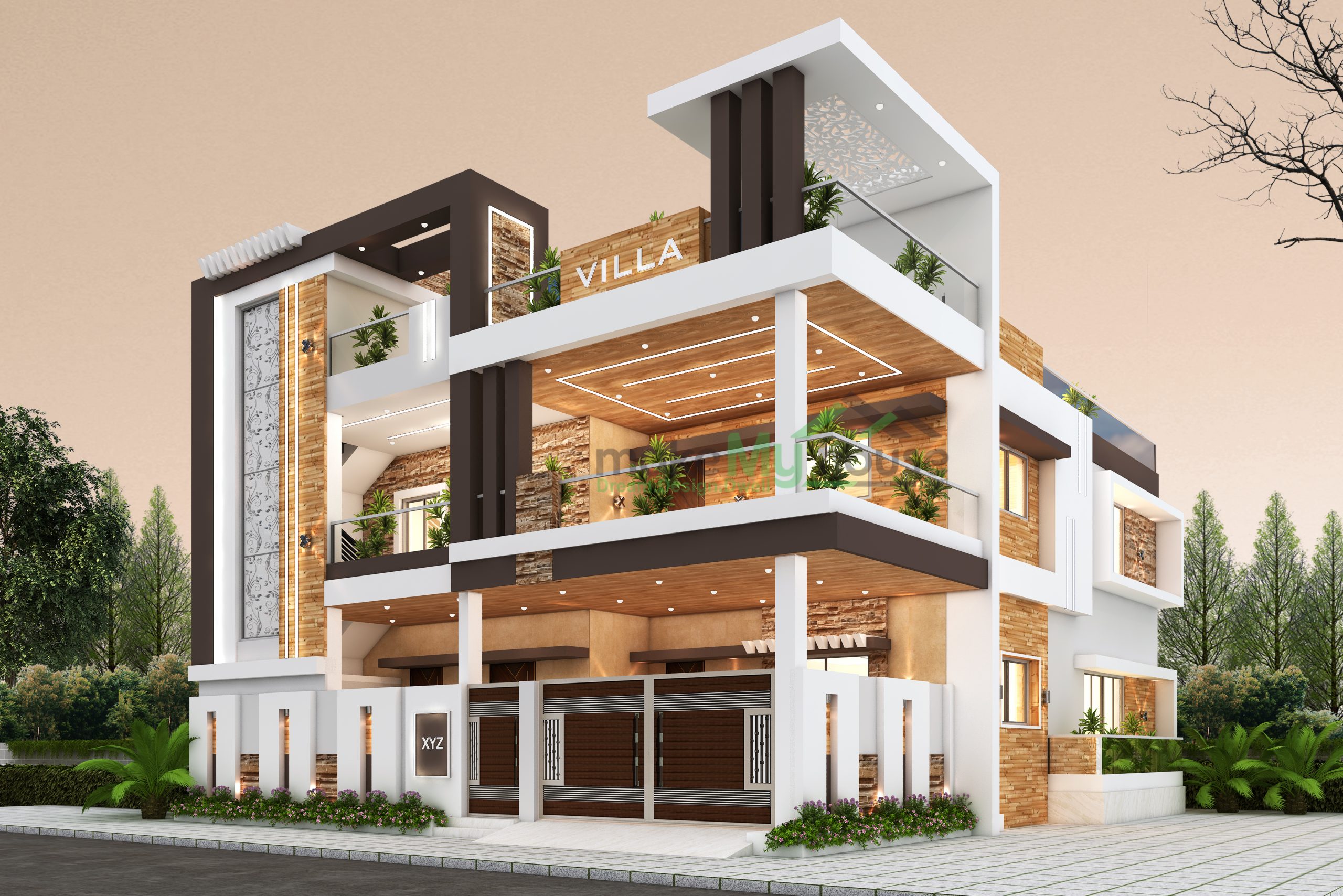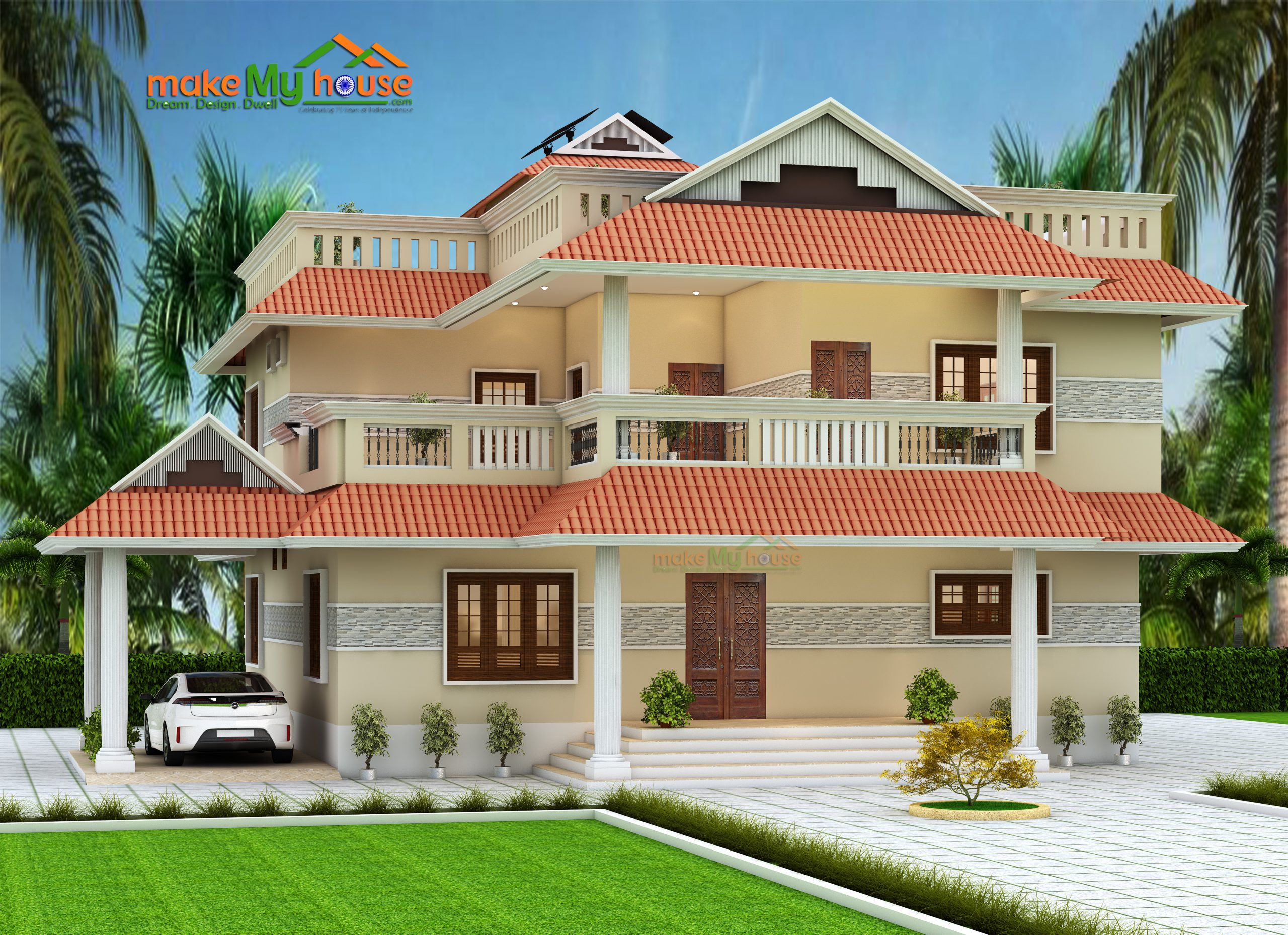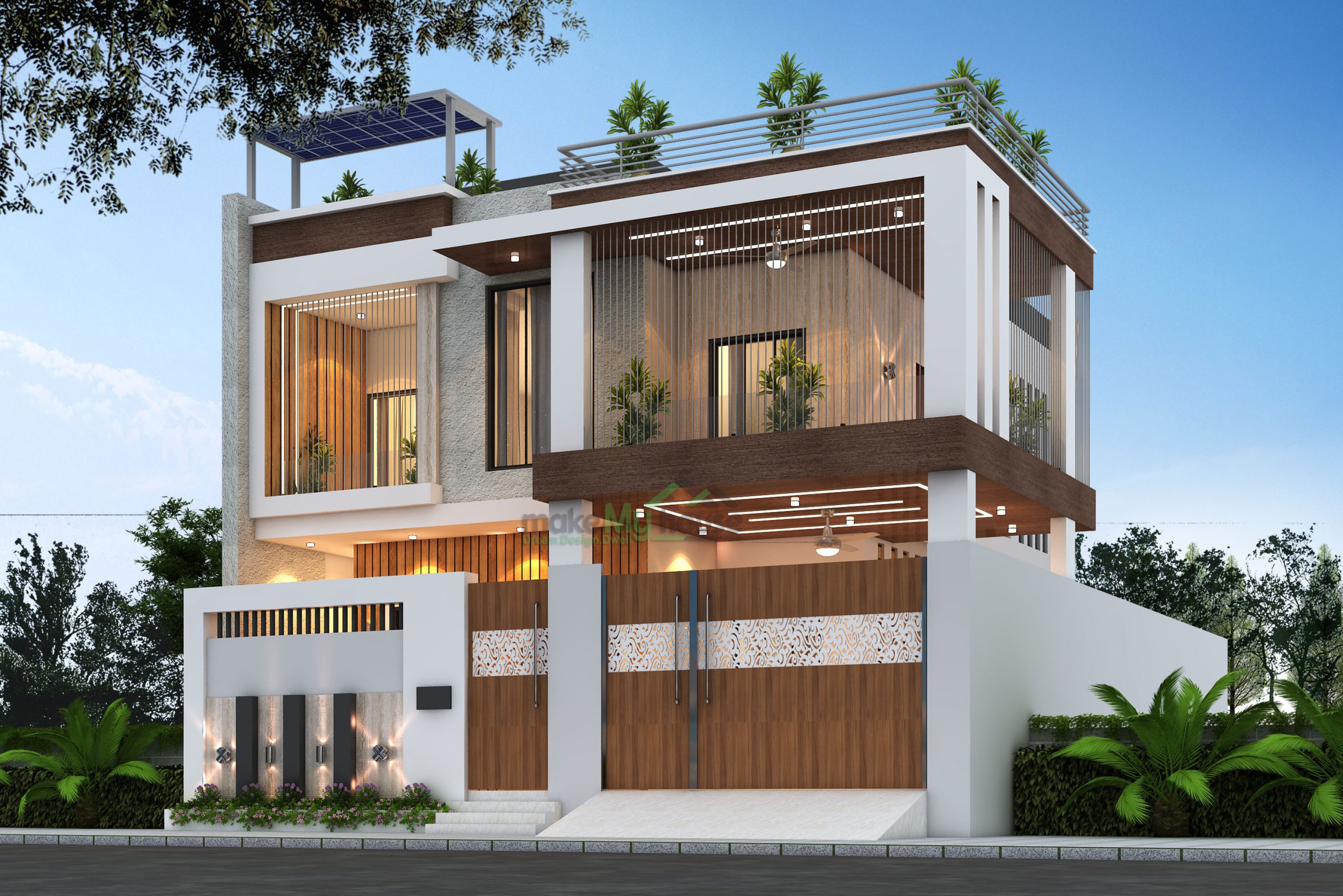Innovation in architecture often goes hand in hand with the exploration and implementation of new materials. In recent years, architects and designers have been pushing the boundaries of traditional construction methods by embracing innovative materials that offer enhanced sustainability, efficiency, and aesthetic appeal. In this blog post, we’ll explore some of the most groundbreaking materials being used in modern architecture, including Cellular Lightweight Concrete (CLC) bricks, pre-engineered building (PEB) systems, and Flyash bricks, and their role in shaping the future of architectural design.
Cellular Lightweight Concrete (CLC) Bricks-
Cellular Lightweight Concrete (CLC) bricks, also known as Foam Concrete Bricks, are a type of lightweight building material that offers several advantages over traditional bricks. CLC bricks are made from a mixture of cement, fly ash, sand, water, and a foaming agent. The cellular structure of the bricks helps to trap air, which acts as a barrier against heat transfer. This makes CLC bricks ideal for use in buildings where thermal comfort is important, as they can help to reduce heating and cooling costs.
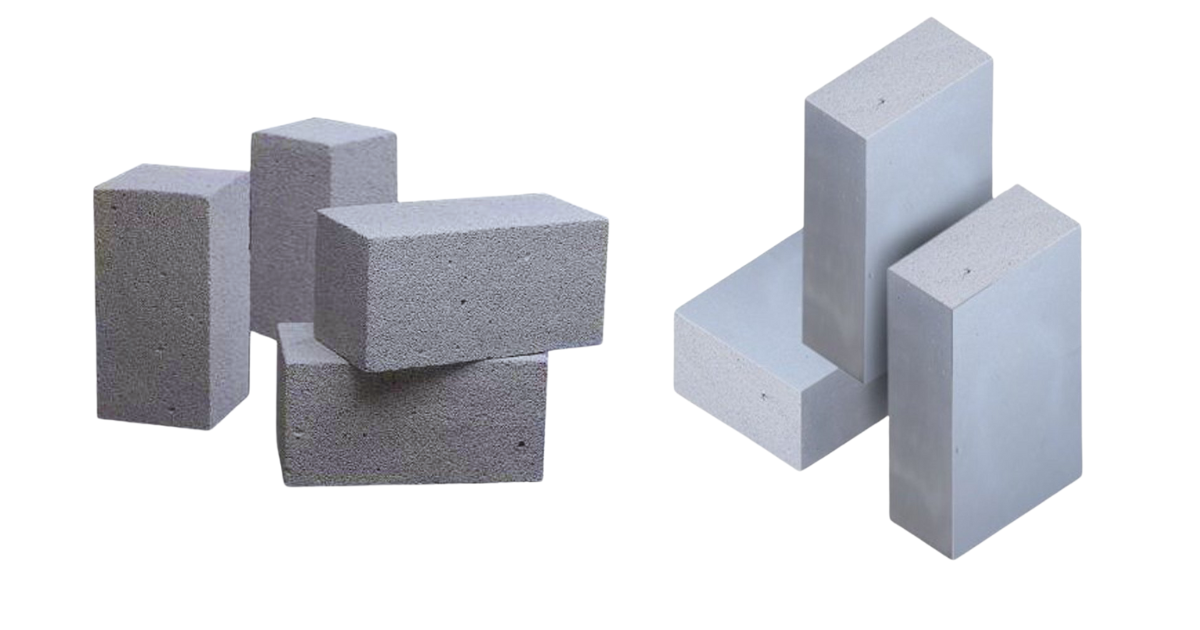
Pre-engineered Building (PEB) Systems-
Pre-engineered Building (PEB) systems are a modern construction method that offers numerous advantages over traditional building techniques. PEBs are designed and manufactured off-site, using high-quality materials and advanced engineering principles. This prefabrication process allows for faster construction times and lower costs compared to traditional building methods. One of the key benefits of PEB systems is their versatility. They can be customized to suit a wide range of building needs, from warehouses and factories to offices and retail spaces. PEBs are also highly durable and require minimal maintenance, making them a cost-effective long-term solution.In addition to their practical benefits, PEBs are also environmentally friendly. The manufacturing process produces less waste than traditional construction methods, and the buildings themselves are often designed to be energy-efficient.Overall, PEB systems offer a flexible, cost-effective, and sustainable solution for modern construction projects.
Flyash Bricks:
Fly ash bricks are an eco-friendly alternative to traditional clay bricks, made from fly ash, a byproduct of coal combustion. These bricks offer several advantages over conventional bricks, including lower energy consumption during production and reduced environmental impact. Fly ash bricks are lightweight, making them easier to handle and transport, and they have excellent thermal and sound insulation properties. One of the key benefits of fly ash bricks is their cost-effectiveness. They require less cement and sand in their production, which can lead to significant cost savings. Additionally, the use of fly ash in brick manufacturing helps to reduce the amount of fly ash that would otherwise end up in landfills, making fly ash bricks a sustainable building material choice. Overall, fly ash bricks are a sustainable, cost-effective, and high-quality alternative to traditional clay bricks, offering benefits for both the environment and the economy.
Incorporating Innovative Materials in Modern Architectural Design
Incorporating innovative materials in architectural design is essential for creating sustainable, efficient, and aesthetically pleasing structures. By utilizing materials such as carbon fiber, aerogels, and bio-based composites, architects can achieve lightweight and high-strength structures that minimize environmental impact. For example, carbon fiber composites offer an exceptional strength-to-weight ratio, making them ideal for creating large, open spaces with minimal structural support. Aerogels, with their high thermal insulation properties, help in creating energy-efficient buildings by reducing heat transfer. Bio-based composites, made from renewable resources, provide a sustainable alternative to traditional materials. By embracing these innovative materials, architects can push the boundaries of design, creating structures that are not only visually striking but also environmentally responsible.
The Power of Modern Architecture in Shaping Communities
Modern Architecture plays a pivotal role in shaping communities, and influencing how people interact with and experience their surroundings. Beyond providing shelter, architecture has the power to inspire, uplift, and create a sense of identity and belonging. Thoughtfully designed buildings and public spaces can foster social interaction, promote a sense of community pride, and enhance the overall quality of life. Architectural design can also address social and environmental challenges, such as urbanization, climate change, and inequality. Sustainable architecture practices, such as green building design and adaptive reuse of existing structures, can help reduce environmental impact and promote resource efficiency. Additionally, inclusive design principles can ensure that architecture serves the needs of all community members, including those with disabilities or limited mobility. Ultimately, architecture serves as a reflection of the values and aspirations of a community, shaping its physical and social fabric for generations to come.
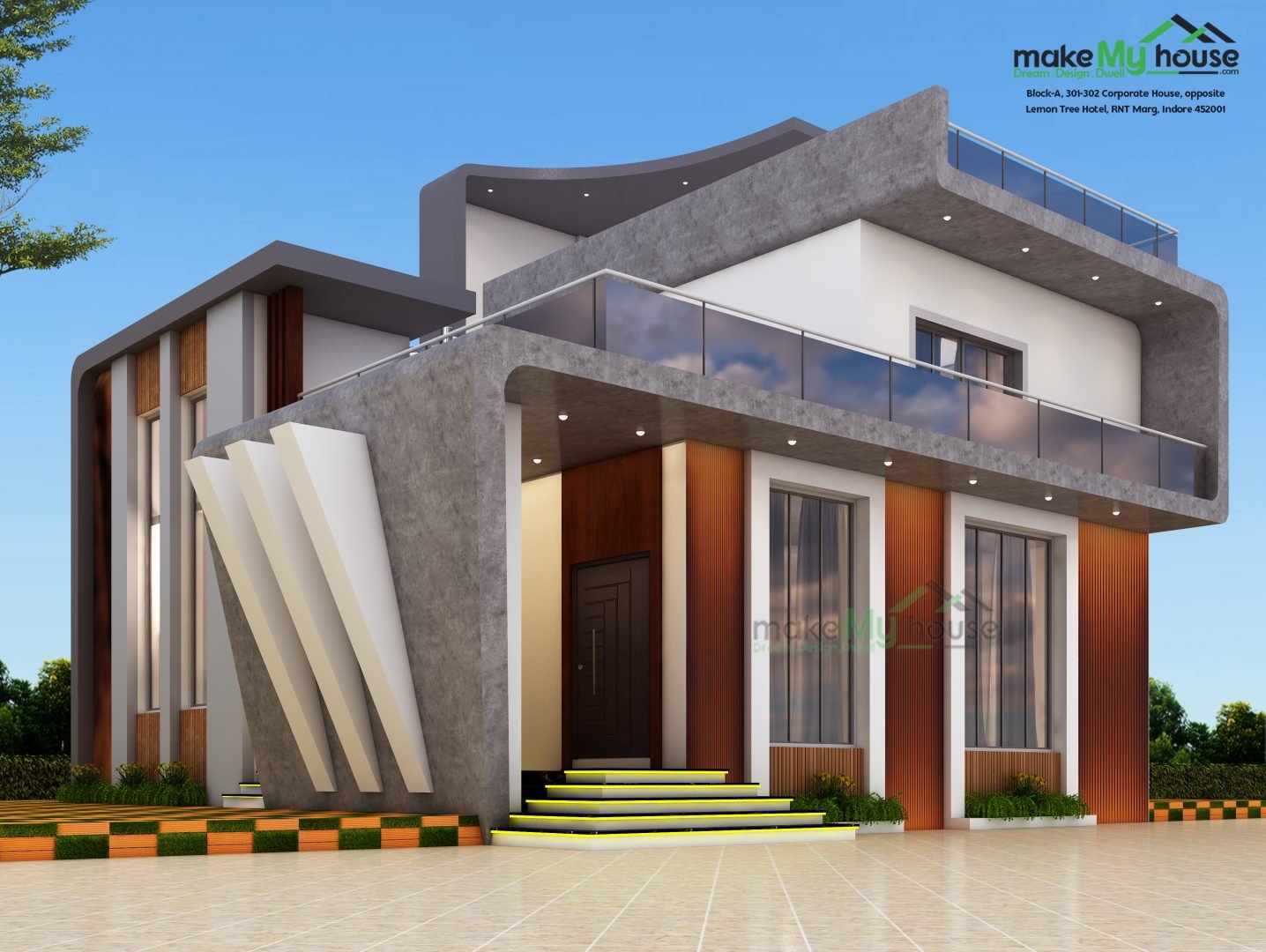
Conclusion of Modern Architecture:
Innovative materials play a crucial role in shaping the future of modern architecture, offering architects and designers new opportunities to create sustainable, efficient, and inspiring built environments. By embracing materials such as CLC bricks, PEB systems, flyash bricks, and others, architects can push the boundaries of traditional construction methods and contribute to a more resilient, equitable, and sustainable built environment for future generations. As we continue to explore and harness the potential of innovative materials, we have the opportunity to redefine the way we think about modern architecture and its impact on society and the planet.
READ THIS…Experience Luxury on a Budget: The Best Architectural Minimalist Hotel Design
FAQs –
Q.1 – What are Cellular Lightweight Concrete (CLC) bricks and what advantages do they offer?
A– CLC bricks are lightweight building materials made from a mixture of cement, fly ash, sand, water, and a foaming agent. This makes them ideal for buildings where thermal comfort is important and can help reduce heating and cooling costs.
Q.2 – How do Pre-engineered Building (PEB) systems differ from traditional construction methods?
A– Pre-engineered Building (PEB) systems are designed and manufactured off-site using high-quality materials and advanced engineering principles. This prefabrication process allows for faster construction times and lower costs compared to traditional building methods.
Q.3 – How can architects incorporate innovative materials like carbon fiber and aerogels in architectural design?
A– Architects can use carbon fiber and aerogels for eco-friendly, lightweight structures. Carbon fiber composites offer exceptional strength-to-weight ratio, making them ideal for creating large, open spaces with minimal structural support.
Q.4 – What is the significance of incorporating innovative materials in architectural design?
A– Incorporating innovative materials in architectural design is crucial for creating sustainable, efficient, and aesthetically pleasing structures. Architects can use innovative materials to create a sustainable built environment.
Q.5 – What role does architecture play in shaping communities?
A– Architecture plays a pivotal role in shaping communities by influencing how people interact with and experience their surroundings. Thoughtfully designed buildings and public spaces can foster social interaction, promote community pride, and enhance overall quality of life.

